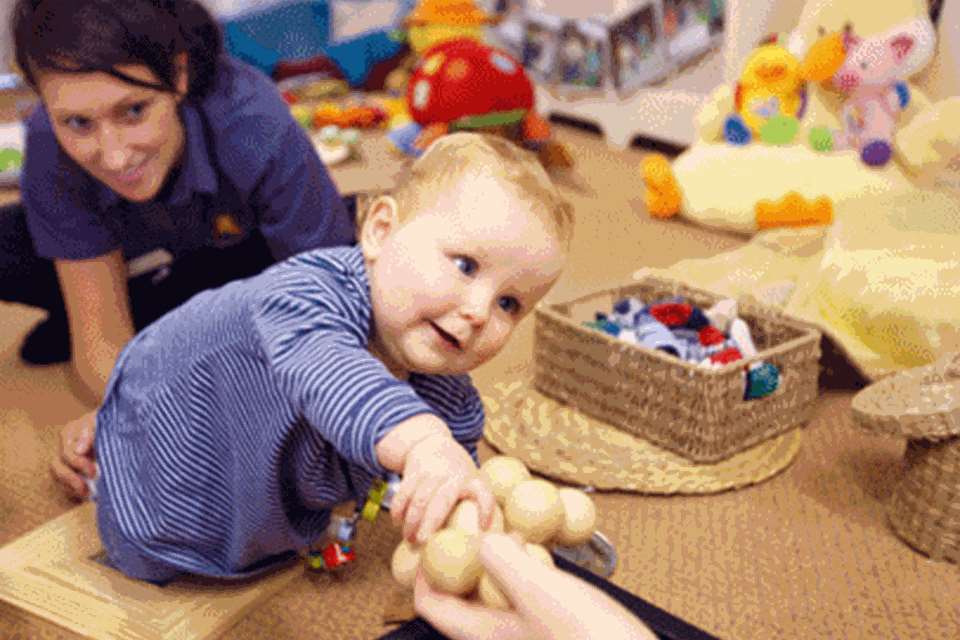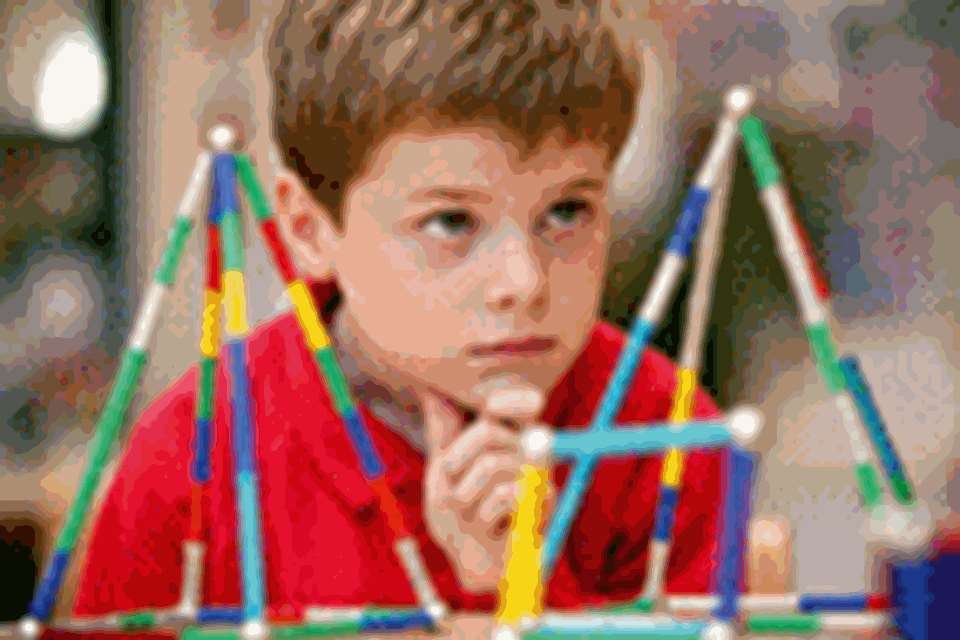Learning & Development: Types of Learning - Under the surface
Jan Dubiel
Monday, December 15, 2014
For young children to develop into innovative and flexible thinkers, settings must enable 'deep-level learning', explains Jan Dubiel.
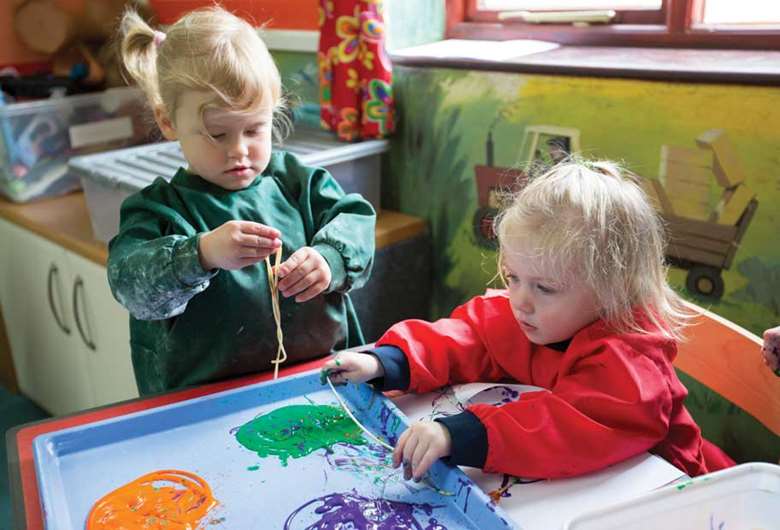
Traditional definitions - and perceptions - of 'learning' often focus on the narrow notion of 'gaining of knowledge and skills'; that is acquiring specific facts, honing particular actions, and being able to draw on these when necessary. This limited view of learning not only mars practitioners' approach to assessment and accountability (facts are easier to measure than dispositions!), it also clouds their definition of 'teaching'.
How we define learning and teaching will become increasingly important questions to address as we approach the replacement of the EYFS Profile - from September next year - by new forms of baseline assessment for children in their first term of reception year. We will need to establish definitions that reflect what we believe is important, articulate what we know about how children develop as competent learners, and resonate with our everyday pedagogy and practice. Only then can we be truly principled in what we do and confident in accounting for it.
To achieve this, we will need to recognise that learning, rather than being a simple term describing the process of 'gaining more knowledge and skills', could alternatively be viewed as a complex, multi-layered interweaving of what is sometimes described as 'deepand surface-level learning'.
This terminology was first developed by Swedish academics Ference Marton and Roger Saljo in the 1970s, and although their research focused predominantly on university students' approach to learning, it is equally relevant, and important, for those of us working with children in the early years.
Saljo identified five types of learning - some 'surface', others 'deep', but all wholly interdependent and none more important than the others. As early years practitioners, we need to be aware of and accommodate all five levels of learning in our approach if we are to be successful educators of young children.
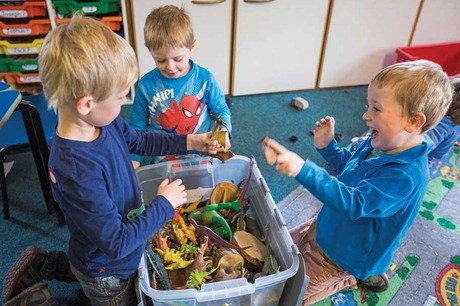
SURFACE-LEVEL LEARNING
Saljo defined his three types of surface-level learning as:
- a quantitative increase in knowledge. This refers to the progressive and accumulative acquisition of facts and skills and the ability to recall or perform these in a simple rote-type activity. For example, a child might know that a colour is called red, that a young cat is called a kitten, or when water comes out of the sky it is called rain. They might also be able to use a pencil to draw or make marks, turn the pages of a book and count a number of objects saying the number names.
- memorising. Memory and recall are vital parts of being able to function as a person as we continually access our memory in all kinds of ways. This aspect of surface-level learning refers to the ability to remember the facts and skills we have acquired, particularly when they are needed, for example when being asked a specific question.
- acquiring facts, skills and methods that can be retained and used as necessary. This refers to recalling facts and skills and using them appropriately. For example, a child might know that when they sneeze, they will need to use a tissue to blow their nose; if they want to draw a picture, they need to use a pencil; or going outside in the rain requires them to put on their Wellington boots.
Surface-level learning is important, as it provides a knowledge and skills base from which development and thinking can occur. It is undeniable that specific facts and information are necessary and need to be learned and recalled in the ways described above for deep-level learning to be possible. However, the acquisition of information alone cannot promote learning and thinking.
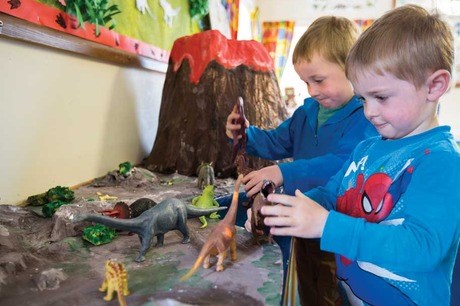
DEEP-LEVEL LEARNING
Saljo's two aspects of deep-level learning are defined as:
- making sense of or abstracting meaning. This is a more sophisticated and complex way of interacting with 'known' information or skills, as this, crucially, is the process of making connections between the new and what is already known. It is about linking newly learned facts and skills with current experiences and understanding. For example, the child who knows that water that comes from the sky is called 'rain' links this with their wider knowledge of water. They grasp the link between rain and water in puddles, rivers and containers. They understand items get wet in the rain, in the same way that they do if you pour water over them.
- interpreting and understanding reality in a different way. Central to the purpose of learning is the ability to apply it in different ways - thinking creatively about what is known and using this to express an idea, solve a problem, and communicate a thought or feeling. For example, a child knows that 3D shapes have different properties and uses this knowledge to construct a tower, drawing on their awareness that curved shapes will destabilise it while a triangular shape at the top will give it the desired 'roof-like' point. The child with the knowledge of rain and water might use these facts to explore fluidity by creating streams using pipes and guttering, and watching how water moves, collects and disappears when it dries.
Although the distinction between deepand surface-level learning is an important one to make, we need constantly to be aware of their interrelationship. In 'Learning and Teaching: Deep and surface learning', James Atherton writes, 'Although learners may be classified as "deep" or "surface", they are not attributes of individuals: one person may use both approaches at different times, although she or he may have a preference for one or the other.'
Different situations require different types of learning. Of course, there are countless times when it is necessary to acquire, accumulate and be able to recall information. However, deep-level learning is critically important in making sense of what is known and being able to apply it, work with it, understand it and relate it to real life and experiences. Without this dimension to the learning process, facts and skills can only be simply regurgitated without purpose and cannot be used in any meaningful way.
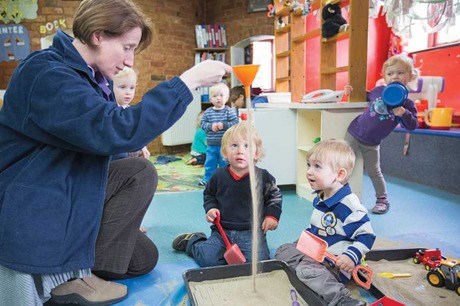
THE CHARACTERISTICS OF EFFECTIVE LEARNING
Fortunately, the EYFS framework has the welcome requirement that early years practitioners facilitate this complex type of thinking in children from birth. Alongside the 'content' described in the Prime and Specific areas of learning and development, the Characteristics of Effective Learning describe precisely the attributes of deep-level learning.
Within 'Creating and thinking critically', it is stressed that children need to 'have their own ideas, find ways to solve problems and new ways of doing things', so strongly supporting the idea that children need to think creatively about what they know. Additionally, the EYFS states that children should be encouraged to 'make links and notice patterns in their experience' as a key aspect of making sense of their learning so that it has a real purpose.
But how do we know that this deep-level thinking can occur in our setting and in the children we work with? How can we be sure that our 'direct teaching' or 'responsive interaction' is enabling them not just to 'know and recall' but also to 'link and apply' new-found knowledge to other aspects of their learning and experience? In fact, the different types of learning require different behaviours, teaching strategies and approaches.
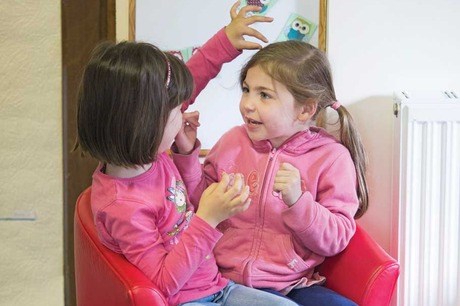
PLAY AND THINKING
Acquiring facts and skills often requires an adult-directed 'didactic' approach, whether in a whole-group session or in an individual moment in a child's play when a particular skill, suggestion or piece of knowledge is needed for them to progress.
Much of the learning content - the curriculum - contained within the EYFS areas of learning is 'constructed' and there is no logical order in which a child will seek, need or acquire this knowledge. So, as practitioners, we need to learn, internalise and recall this curriculum content as appropriate, so that it can be conveyed in a more creative way and used to promote deep-level thinking in children. The alphabetic and numeric codes are obvious examples of this, but so too the words we use to describe things and express thoughts.
Considering how and when to convey this knowledge invariably leads us to the critical importance of play and child-initiated activity. It is precisely the child's 'ownership' of this process which establishes the conditions to think creatively, draw together what they know in order to focus on what they are doing, make those explicit connections and sustain and develop their thinking and understanding. This can only happen with a high level of intrinsic self-motivation, something that the child has chosen to do, is in control of and wants to achieve. Ferre Laevers' concept of the importance of 'high levels of involvement' becomes critically important here because it could be argued that it is impossible to engage in deep-level learning without high levels of involvement being present.
In 'Deep-level learning and the Experiential Approach in Early Childhood and Primary Education', Laevers writes, 'The concept of "deep-level learning"... catches the essence of an alternative view on learning and development: real learning affects the deeper structures on which competencies and dispositions are based. This line of thought is made more tangible through an analysis of several domains: the understanding of the physical world, social competence, communicative skills, curiosity, intuition, imagination and creativity and self-management...
To develop them an educational context must be constructed that brings children into the highest levels of "involvement": that is where deep-level learning is taking place.'
Therefore to establish the conditions for this to take place, practitioners need to consider the ethos of their setting. Are children allowed to take risks in their play? Do they know that following thoughts or interests, or collecting resources and materials from different areas, will be supported rather than discouraged? Is there time to explore ideas in depth, allowing for that important 'cognitive trawl' of knowledge to identify what is needed?
Additionally, how does the adult support this most effectively, given that the process of deep-level learning is dependent on intrinsic motivation and child-initiated activity? However, self-initiated activity does not always entail an absence of adult involvement. Indeed, some of the most impactful adult-child interaction occurs within a self-initiated activity. Caroline Sharp, in 'Developing young children's creativity: what can we learn from research discussing creativity', identifies a number of key adult behaviours that encourage deep-level learning to take place: 'Teachers and other early childhood workers can encourage creativity by behaviours such as:
- - Asking open-ended questions
- - Tolerating ambiguity
- - Modelling creative thinking and behaviour
- - Encouraging experimentation and persistence
- - Praising children who provide unexpected answers.'
We might ask ourselves whether this distinction between different types of learning is important or merely semantic. After all, if learning is a continual process, does this really matter? I believe it does. It is easy to 'teach' and superficially 'learn' facts and skills, to meet a target or objective, pass a test or meet a criterion. But if this is not real and usable by the learner, if this does not add to their repertoire of thinking strategies and information that they will use in different ways, then we have to question the point of teaching this at all. The concept of deep-level learning, driven and contextualised by surface-level acquisition and recall, provides meaningful opportunities for children to develop as creative and competent thinkers who are flexible and innovative with what they know.
Jan Dubiel is national development manager at Early Excellence, www.earlyexcellence.com
REFERENCES
- Saljo R (1979) 'Learning in the Learner's Perspective: 1: some commonplace misconceptions' Reports from the Institute of Education, University of Gothenburg, 76.
- Atherton J S (2013) 'Learning and Teaching; Deep and surface learning', www.learningand teaching.info/learning/deepsurf.htm
- Laevers, F et al (2012) 'A Process-Orientated Monitoring System for the Early Years (POMS-EY)'
- Laevers, F (2005) 'Deep-level-learning and the Experiential Approach in Early Childhood and Primary Education'.
- Sharp, C (2004) 'Developing young children's creativity: what can we learn from research?'.


